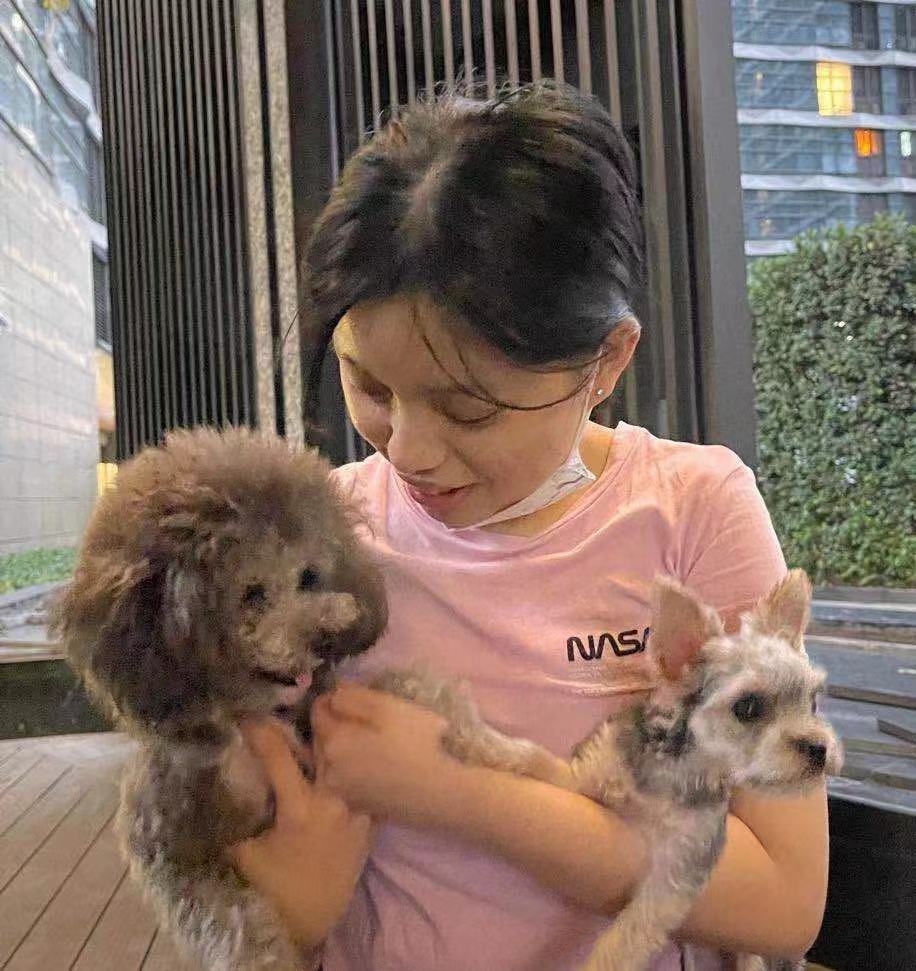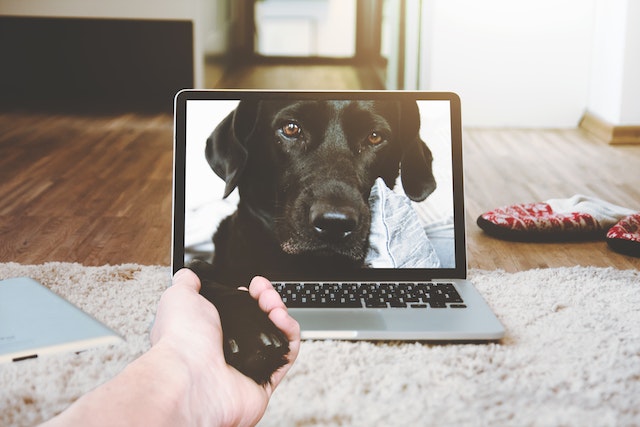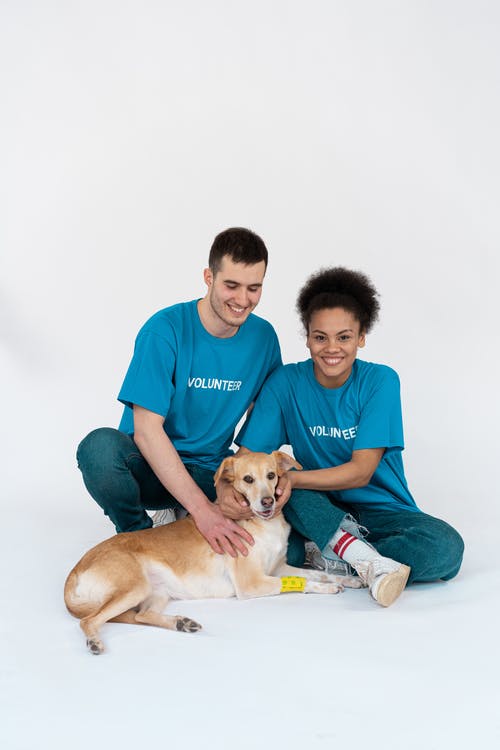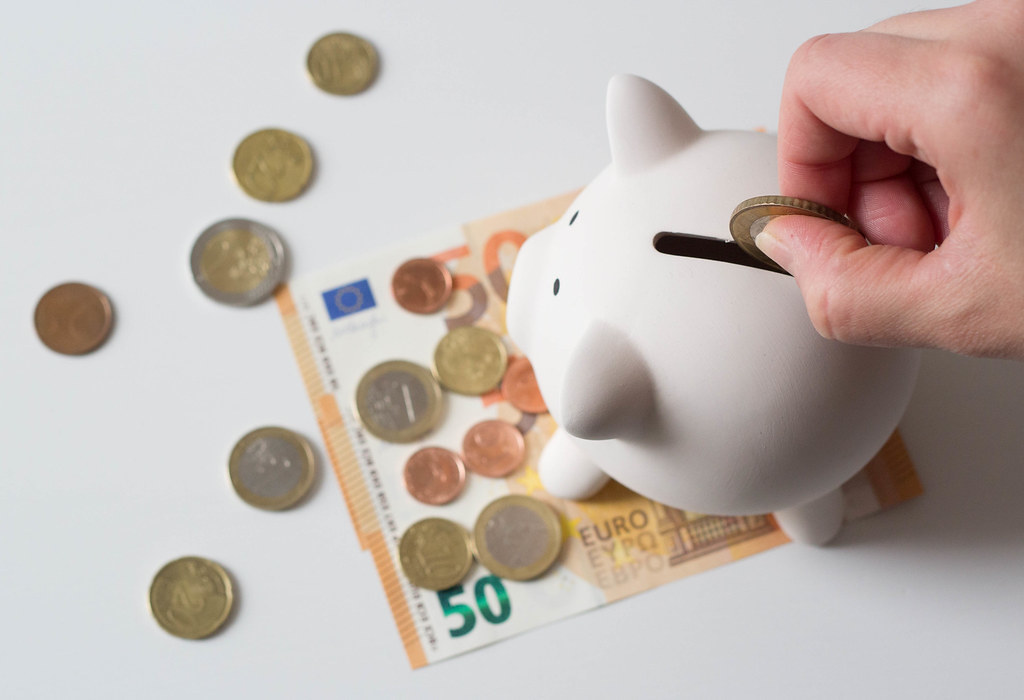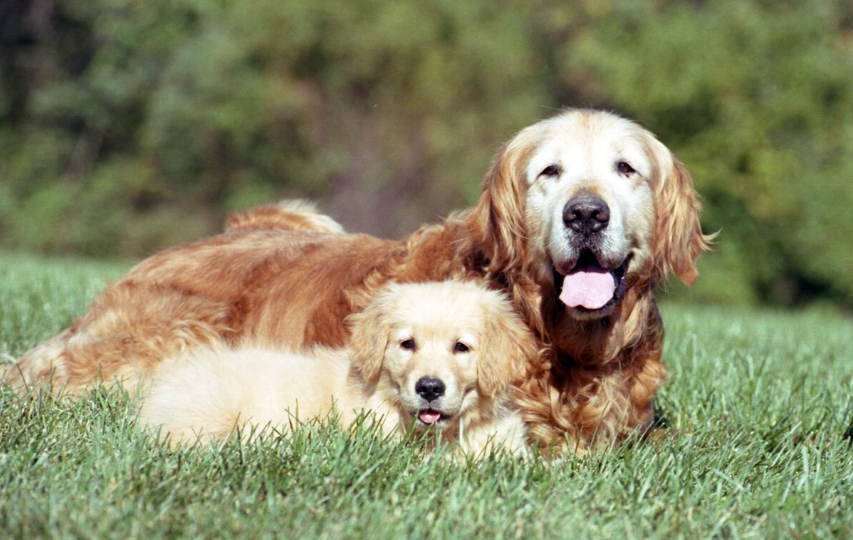
Welcoming a new puppy into your home can be an exciting and joyful experience! The number of your family members will increase which of course will lead to even more special moments together!
Bringing a new puppy into your home also comes with some challenges, especially if you are already a dog owner. Similar to humans, dogs can also become jealous, and territorial, and may not be able to get accustomed to their new counterparts immediately.
Introducing a new puppy to your canine requires a lot of patience, and even planning to ensure a smooth and stress-free transition. It will also help foster a good relationship between your paw friends, ultimately leading to a harmonious atmosphere at home.
Today we will explore some strategies that can help you introduce a new furry friend to your canine properly!
Gradual Introduction
Every pet owner would love to be able to bring a new pup at home and watch how their current and new paw friend immediately bond. The desire to observe a harmonious relationship between the two dogs often causes dog owners to force the process without giving the dogs time to get used to each other’s presence.
Taking small steps and gradually introducing the new pup is crucial for developing a strong bond between the two dogs. As mentioned above, dogs are territorial, so any sudden introduction of a new pet is likely to trigger their territorial instincts. Your current dog may experience stress and anxiety and even become aggressive toward the new pup.
If you would like to avoid any frustrating experiences, start by allowing the dogs to sniff each other through a fence, baby gate, or any type of barrier that will prevent them from having direct physical contact.
Once the initial curiosity is content, and the dogs have gotten familiarized with each other’s scent, you might consider introduction without a barrier.
It is crucial to remember to arrange these “introduction sessions” in a neutral and controlled environment and always observe both dogs’ behavior.
If you notice that your furry friends respond well to each other’s presence, you can gradually increase the duration of the introduction sessions. Should you notice any signs of stress, fear, or aggression, end the sessions immediately and wait for the dogs to calm down before you try again. Do not force the process as this is likely to negatively affect both dogs.
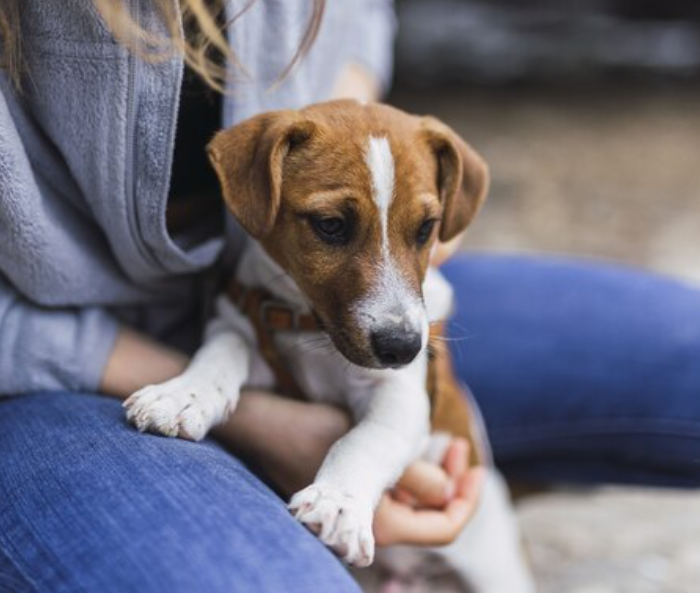
Neutral Territory
Another essential aspect of the introduction process is the location. It should be chosen wisely! Avoid introducing the new puppy in a place that may cause your dog to display territorial instincts.
Choose a neutral territory instead for the initial interactions, e.g. a local park, backyard, friend’s garden, etc.- every area/location that your canine does not perceive as a part of their belongings should work.
By starting the introduction process in a neutral location, you provide both dogs with a play area, where they can freely play, sniff at each other and explore. This will help reduce the likelihood of territorial aggression.
As the dogs become more familiar with each other, you can gradually transition to introducing the puppy to your home.
Positive Reinforcement
Positive reinforcement is probably one of the most essential training techniques that help shape a dog’s behavior. Moreover, dogs become motivated to continue exhibiting desired behaviors as they know they will be rewarded for that. Positive reinforcement, especially food as a primary positive reinforcement tool, but also pets, praises, and toys, can also help you develop a stronger bond with your paw friend.
In the context of puppy introduction, positive reinforcement should be used to create a positive attitude in your dogs toward one another. Applying positive reinforcement is simple- when your dog behaves properly in the presence of the pup, they should receive a reward, e.g. their favorite treat, and get praised. If you regularly reward your canine for being calm and well-mannered around the puppy, over time they will start associating the presence of the pup with a positive experience.
In this situation, rewarding the dog to help them change their attitude toward the new pup is also a form of counter-conditioning. In other words, it helps your canine perceive the triggers as something positive, instead of negative.
For positive reinforcement to be most effective, you should know your dog well, including their motivators. Adapt the rewards to their preferences, so that they feel encouraged to show the desired behaviors.
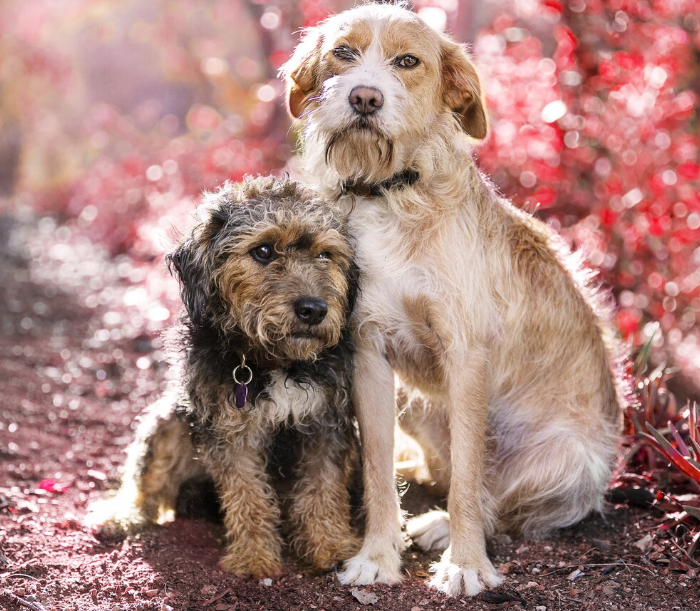
Fun Activities Together
Consider engaging in joint activities that are enjoyable for both dogs, such as a short walk or playtime. These shared experiences will help build empathy and strengthen their relationship. What better way to bond than doing it over common interests?
It is important to choose activities that suit both dogs in terms of energy levels and preferences. Start with short walks, interactive play sessions, or even training exercises that can be enjoyable for both furry friends.
Gradually you can start introducing these joint activities in a controlled environment, ensuring that the dogs are comfortable and engaged.
While engaging in joyful bonding activities, pay attention to the dogs’ interactions. Shared play, mutual interest, and exploration can be perceived as positive signs. However, be mindful of both dogs’ boundaries and intervene if one of them displays signs of discomfort.
The goal is to create positive associations with being together and reinforce the idea that good things happen when both dogs are in each other's company.
Individual Time and Personal Space
While engaging in joint activities is an excellent way to bond, dogs are individuals and they need their personal space and time.
Providing each dog with individual time and space will help prevent the feeling of being neglected or the need to compete for attention. Spend quality one-on-one time with each dog, engaging in activities they enjoy, and reinforcing the bond between you and each of your paw friends.
Furthermore, you should ensure that each dog has a designated area at home where they can sleep and relax when they need a break or some personal time. This area will serve as a safe zone that promotes a sense of security. If each dog has their personal space, this will reduce the likelihood of conflicts arising due to competition for territory, attention, or resources.
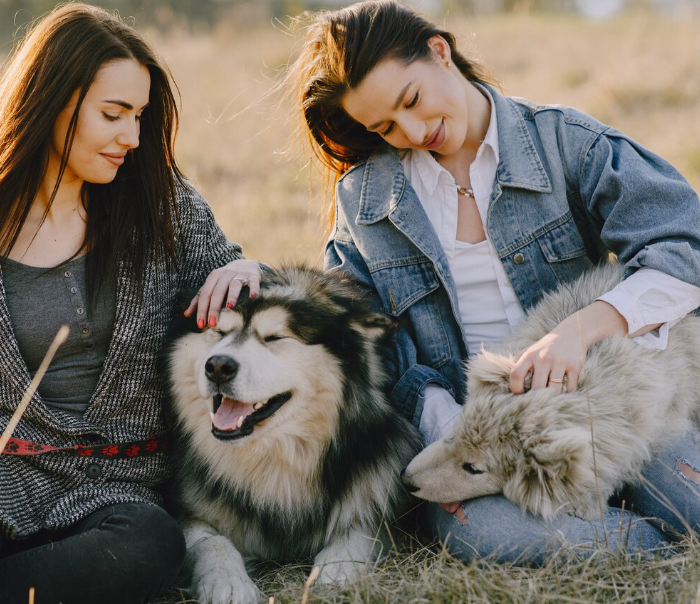
Supervision
Throughout the introduction process, it is crucial to closely supervise interactions between your dog and the new puppy. This is very important during the initial stages when they are still getting to know each other.
If needed, use leashes for both dogs during the initial meetings to maintain control and prevent them from any sudden movements and tension that could quickly escalate in aggression. Gradually loosen the leashes as the dogs become more comfortable with each other, but always remain prepared to intervene if needed.
Pay attention to your dogs’ body language and look for indicators of their comfort level. For instance, if they are wagging tails, and have postures showing a playful behavior, this is a good sign! In contrast, if they show signs of stress and discomfort, including growling or having stiff postures, this is clear that they aren't feeling comfortable and should end the introduction meeting.
If you would like to learn more about dog body language and how to correctly identify it, the following article might be helpful: Dog Body Language and Chart.
Introducing a new puppy to your dog is a process that requires careful consideration, patience, and a commitment to encouraging positive interactions. Always keep in mind that every dog is unique, and has their temperament, personality, and boundaries.
The key to establishing a harmonious relationship between your current dog and the new pup lies in your ability to adapt your approach to the specific needs and personalities of your paw friends.

